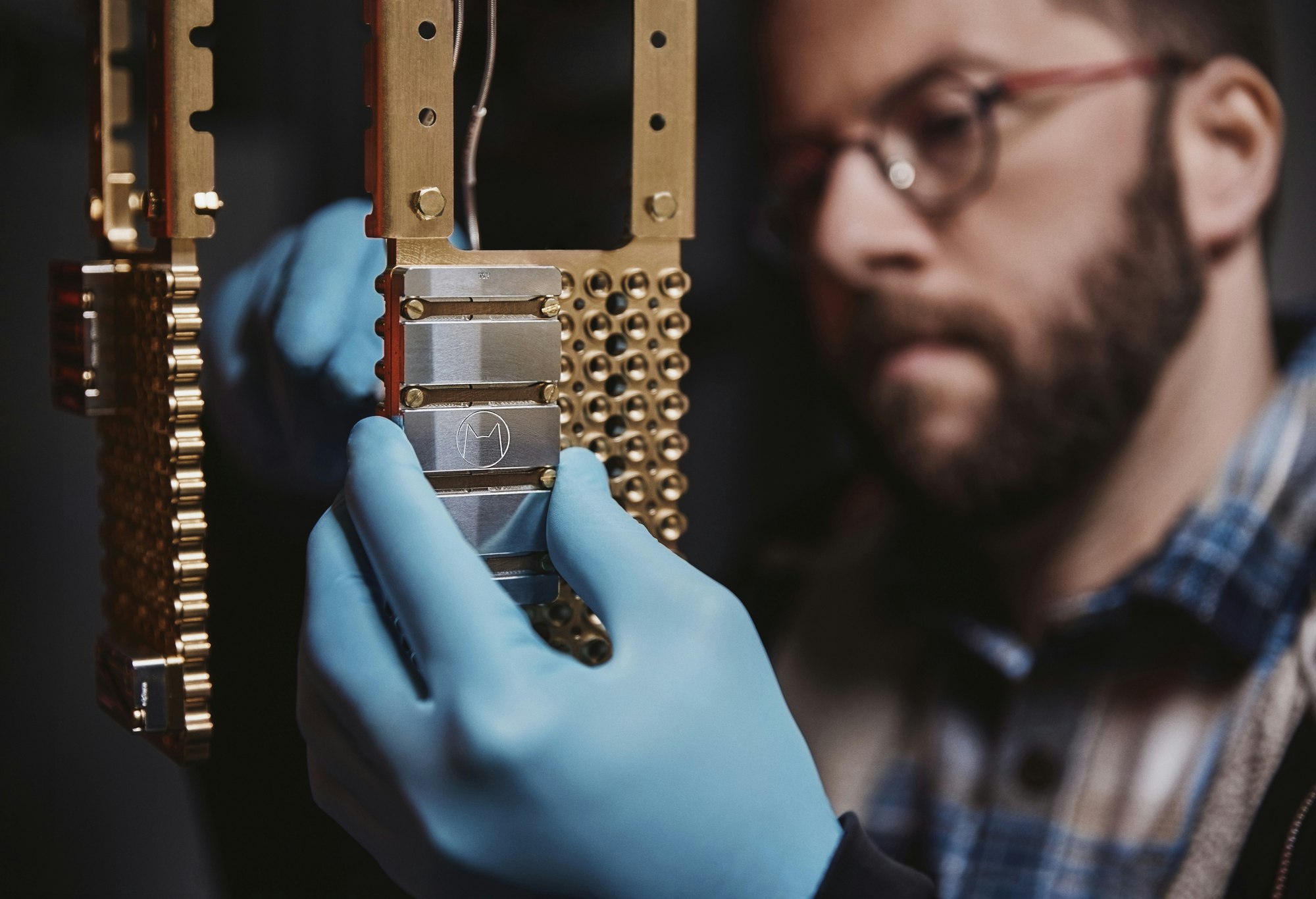On July 22nd 2023, Sukbae Lee, Ji-Hoon Kim and Young-Wan Kwon — three scientists from Korea University in Seoul — published a research paper that many said could change the world as we know it. They claimed to have created the first room-temperature superconductor, a technology that could impact everything that runs on electricity.
But the paper wasn’t peer-reviewed, and physicists and commentators are bouncing between scepticism and optimism as labs around the world race to try and replicate and validate the research.
So why exactly are people getting so excited about superconductors, and is the hype legit?
What is a superconductor?
A superconductor is a material that has no electrical resistance. “The primary effect of a superconductor basically means that you can transfer energy from point A to point B without any losses” says Sasha Vidiborskiy, partner at Atomico and quantum physicist.
Superconductive materials aren’t new, and are used in things like MRI scanners, mag-lev trains and experimental quantum computers and nuclear fusion reactors.
But today’s superconductors have to be cooled to extremely low temperatures for them to work, making all of the above technologies expensive and complex to produce. A room-temperature superconductor would dramatically reduce these costs — allowing the creation of things like portable MRI scanners or entirely new transportation methods that make use of powerful magnets, says Vidiborskiy.
How else could the tech be used?
The material created by the Korean researchers, dubbed LK-99, won’t necessarily be useful for every industrial application, says Vidiborskiy. “It might be superconductive but only for very low currents, and therefore it might be applicable for consumer electronics, but it would not be applicable for power electronics,” he says. “It’s also unclear how much predictability and how much manufacturability there is with the current material.”
Vidiborskiy points to the example of graphene — a highly conductive material that won its creators the Nobel Prize in 2010, but is still not widely used today: “The biggest thing with graphene was that it's incredibly hard to manufacture it to the spec and at the scale that is needed for useful applications.”
One of the most self-evident examples of how a room-temperature superconducting material could be put to use is in the energy grid.
“A superconductor could save billions for the electricity grid, which would alleviate some of the problems we're seeing with energy scarcity,” says Lorenzo Bergamaschi, CTO and cofounder of Allye Energy — a UK startup developing energy storage solutions for grid power.
But while the impact could be huge, he adds that the material would have to be manufacturable on a mass scale and be highly durable to be useful to the grid.
“It'd have to stand the test of time, because most of the transmission lines are out in the open and out in the elements. It would have to stand the weather, the corrosion, all these kinds of things,” he says.
Fusion
In experimental nuclear fusion reactors, superconductors are used to generate the strong magnetic fields necessary to confine and control incredibly hot and electrically charged plasma — creating the conditions for a fusion reaction.
Existing superconductors need to be cooled to temperatures of about -250C, according to Dr Rod Bateman, magnet development manager at fusion startup Tokamak Energy. A room temperature superconductor could help remove some of the refrigeration costs associated with cooling them to that level.
Francesco Volpe, CEO of Renaissance Fusion, another fusion startup, notes existing materials already meet the conditions for superconductors to generate magnetic fields powerful enough for fusion at relatively low cost and in large volumes.
Volpe and Bateman both note that LK-99 would have to be cost-competitive at industrial scale to become useful to fusion — something they say could take many years, even if the breakthrough is proven.
New startups
Atomico’s Vidiborskiy says that if LK-99 legitimately works, it could allow new startups to build superconductor-based quantum computers with a fraction of the funding.
“If before you needed to raise tens of millions of dollars or hundreds of millions of dollars to build the lab, to build the cryogenic setup, maybe now it will be lower,” he says. “If you have something available off the shelf that provides you superconductivity, you don't need that capital investment.”
Vidiborskiy says that if a breakthrough like LK-99 came good, as an investor, he would be most interested in the companies finding whole new use cases for superconductivity.
“If you find a big pain point that can be solved with it, that's massive. You're not handcuffed by the existing processes and industry inertia,” he says.
“If I were building a thesis on the space, I would try to think: ‘What are the existing processes that can be made 10x better with superconductivity where it’s not currently used, because it's either too expensive, or too bulky, or too fragile?’”
So is a room temperature superconductor the real deal?
Early attempts to replicate the original research have given tentative cause for optimism: two universities have already provided preliminary confirmations that LK-99 could be the real deal.
But Vidiborskiy says there’s still a long way to go to confirm that the new material is a genuine superconductor that works at room temperature.
“You need to see this being replicated in a number of labs that show consistent behaviour of the material,” he says. “The physicist in me is sceptical… but obviously, as an investor, I admit that even if it's 1% probability, it can be revolutionary.”
And while no one wants to be the muggins who throws all of their academic weight behind a supposed breakthrough that ends up collapsing under scrutiny, Vidiborskiy gives some room for cautious optimism.
“If it was a total scam they would have been able to dismiss it easily,” he says, “I think there are pointers, some interesting things about this specific material that scientists can't really quickly dismiss.
“Even if it's not superconducting, I think what I am positive about is that it could advance the field of superconductivity. People had not thought about this class of materials as something potentially useful. So maybe not this material, maybe five materials down the line, it could be valuable."


